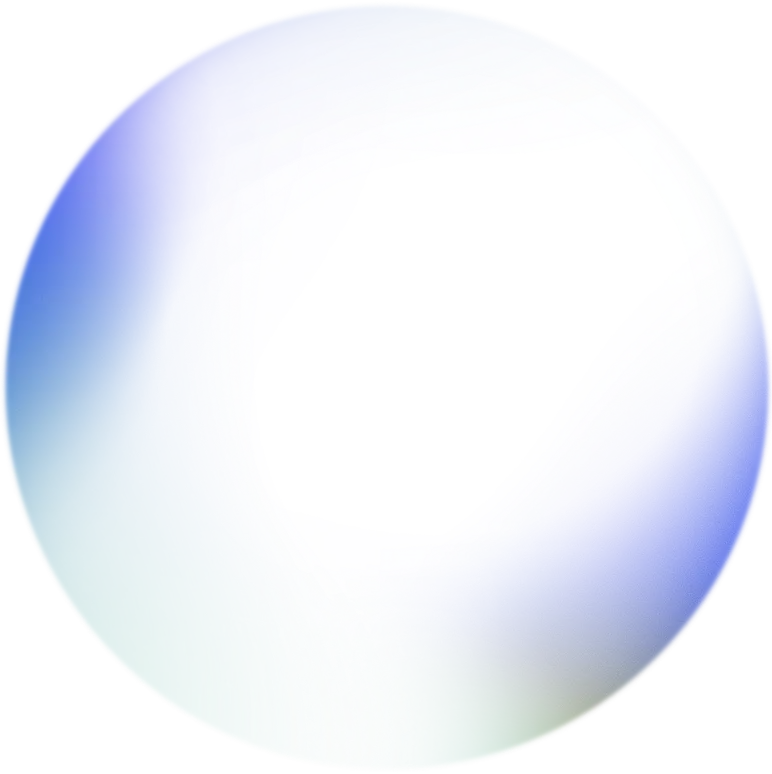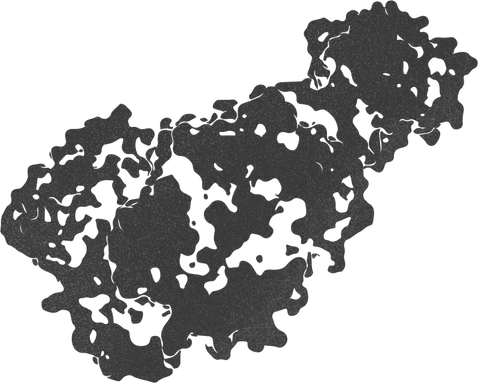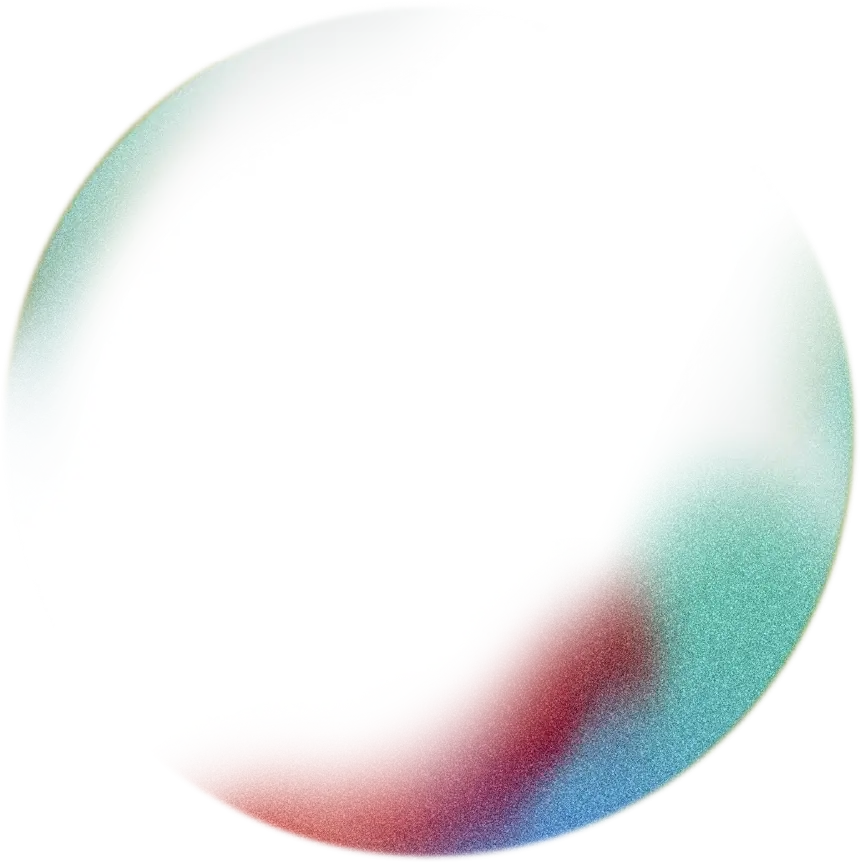Partner in your success
We provide bespoke biotechnology solutions, recognised for their excellence in protein development and manufacturing.




Our clients trust us to be their partner in innovation.
“
We at StemDen feel that TargetEx provides an appropriate extension of our laboratory’s expertise because of the seamless collaboration we have established. We could not find a more suitable, professional and goal oriented CRO ever that could creatively adapt to our research aims and goals.
Gábor Tigyi, PhD
Chief Operations Officer, StemDen USA Inc., Professor of University of Tennessee Health Science Center Memphis, USA
“
We highly recommend TargetEx for their deep R&D expertise and willingness to discuss any project. They consistently "go beyond" the workplan, exploring all options to deliver solutions. Their flexibility and precise reporting make daily collaboration easy, leading to significant contributions to our key products over a dozen successful projects.
Zoltán Pénzes, DVM, PhD
Global Director, Bio Innovation, Ceva Santé Animale
“
It is of particular importance for us where and what kind of thesis topics our students from the prestigious joint Biotechnology MSc program of ELTE and BME can choose from, as well as the quality of work they can perform as their thesis work. TargetEx plays a prominent role in this regard, hosting the second most students after Gedeon Richter Plc. and the quality of thesis projects always meets or exceeds the expectations of our premium education program.
László Nyitrai, PhD
Professor at ELTE University and the Head of PhD Education

Protein Engineering, Expression & Purification
Protein engineering stands at the forefront of modern biotechnology, enabling the design, modification, and optimization of proteins for a wide range of applications spanning from therapeutics to industrial processes. At the heart of this field lies a diverse array of innovative technologies and methodologies to manipulate protein structure and function to achieve desired outcomes.
• Rational Design: Utilizing computational algorithms and structural biology insights, rational design allows us the precise modification of protein sequences to enhance stability, specificity, and activity.
• Protein Modification: Biological methods such as site-directed mutagenesis, post-translational modifications, and domain conjugation enable the introduction of specific modifications into protein structures, expanding their functionality and applicability.
• Computational Modelling: Molecular modelling and simulation techniques allow for the prediction of protein structures, dynamics, and interactions, guiding rational design efforts and providing insights into protein behaviour under varying conditions.
Upstream Process Development
Upstream services play a pivotal role in the production of therapeutic proteins, diagnostic enzymes, and other biopharmaceuticals. Our company specializes in offering comprehensive upstream services with 20 years of expertise in various expression systems:
Bacterial Expression, Yeast Expression, Insect Cell Expression, Mammalian Cell Expression
Using cutting-edge technologies and our commitment to reach the highest quality possible, we empower biotechnology advancements and contribute to the successful translation of innovative therapies.
Downstream Process Development
Downstream processes can be a bottleneck in production of therapeutic proteins, vaccines and diagnostic enzymes, making it critical to purify proteins with the utmost precision and efficiency.
Protein Stability Testing and Optimization
Stability is a key characteristic of proteins. Prediction tools can be based on primary structure (amino acid sequences), physicochemical properties, interactions stabilizing tertiary/quaternary structure of proteins, and descriptors of the protein surface. Available In silico tools were originally developed to predict the effect of polymorphisms and mutations. However, in the era of protein engineering, stability prediction is a powerful tool.
Testing protein stability is usually based on determining melting temperature (Tm). TargetEx utilizes various sophisticated protein analytics methods to do comparative analysis based on the denaturation profile of proteins (e.g. differential scanning calorimetry (DSC), differential scanning fluorimetry (DSF)). Measurement of protein activity complements instrumental methods.
Buffers may also profoundly affect protein stability. pH, reducing agents, and co-solvents (e.g. glycerol) among others are important determinants of the stability and activity of proteins. Optimization of protein stability, thus, focuses on buffer components. Cellular stability is also affected by proteolysis which translates into low yield.
Through our comprehensive approach, TargetEx empowers our clients to accelerate the drug discovery process, optimize lead compounds, and advance promising candidates towards clinical development, ultimately contributing to the development of innovative therapeutics and improving patient outcomes.
Proteins or protein fragments for structural studies
During our design process, we use bioinformatics solutions to determine the non-structured regions, possible disulfide bridges, transmembrane domains and domain borders. TargetEx provides protein expression with appropriate expression systems (E. coli, yeast, insect (Sf9 or Hi5) and mammalian cells) to produce the protein with proper folding and structure for structural studies. We also use biophysical methods, like CD spectroscopy or DSC/DSF to determine the proper folding of the domain/protein and in most cases, we perform biological activity measurement. Of course, sequencing of the expression vector and LC-MS identification of the purified protein is also part of our workflow.
Assay development and screening
TargetEx offers a new target enzyme expression system for assay development and biological hit validation for emerging targets. Screening services include fragment based, biochemical and cellular assays. MT and HT assays are conducted in 96-well and 384-well plate formats. Plate handling is fully robotized using cutting edge liquid handling devices and integrated readers. Assay read-outs include fluorescence, luminescence, absorbance, and radioactivity. We can measure the test articles of our partners or we can select and order compounds from public libraries. We also offer a hit validation service by confirming the hits just like an independent external lab. This service is extremely useful before further investments in drug discovery, as only high potential targets are selected for further development stages.
Compound selection using chemoinformatic methods
Target-focused compound libraries are designed to interact with an individual protein target or target-families and selected around particular hit compounds. Structure and ligand-based chemoinformatic methods (2D/3D similarity search, diversity and property-based filtering, bioisosteric replacements, 3D pharmacophore model building and docking) are applied for client-protected virtual screening from public multi-million small molecules repositories.
Fragment-based drug discovery
Fragments are small molecules typically with a molecular mass between 150–250 Da that bind to certain pockets of a particular binding site. Fragment hits are weak binders therefore non-conventional procedures such as thermal shift assays (DSF: differential scanning fluorimetry) are required to identify them. Bioactive fragment hits could be optimized by fragment merging, linking, or growing by 2D/3D chemoinformatic methods that could lead to potential drug-like candidates.
Purity, identity and functionality
Functionality is the most important issue regarding protein production and purification. We have great experience in establishing the required protein activity assay to test functionality in most cases. Our functionality assay skills involve numerous protein classes (kinases, proteases, oxidases, GPCRs, polymerases, reverse transcriptases, etc.). These measurements are usually followed by optical readout, as well as characterization of protein-protein interactions. Determination of inhibition parameters by biochemical/cell-based assays of well-known inhibitors is also among the range of services our clients prefer.
The proteins prepared and purified by us are characterized according to the task currently bespoken. We perform sequencing of the prepared expression vector even in cases where a synthetic gene is just transferred into an expression vector. The purified protein is also identified by immunoblotting, or detection can be performed via fusion tags. On request, we can also perform an LC-MS/MS measurement to ensure that the final result matches the expectations. In case the aggregation properties of molecules are informative to our client we can perform SEC-HPLC to determine them.
Our goal is to produce the protein in the form preferred by the customer (e.g.: monomer/multimer). Our test methods are suitable for testing materials that stabilize the preferred form.
Protein purity is NOT just a band on SDS-PAGE gel!
We have developed specific assays to measure total DNA content, RNase content, DNase content, host cell DNA amount or residual protease contamination.
Endotoxin content monitoring might be a useful parameter for some projects. We have developed a custom assay to precisely follow endotoxin amounts over protein production. Low endotoxin expression and fully endotoxin less expression and production are also techniques we are able to execute on request.
Biophysical characterization
The proper characterization of recombinant proteins is essential. Although a protein may appear as one band on SDS-PAGE, you have to keep in mind that it is the size distribution of the unfolded protein.
The native conformation of the protein can be analyzed using circular dichroism spectroscopy where you can calculate the full distribution of the secondary structure elements and compare it to the predicted values.
A second measure of protein quality is unfolding of the native structure. We offer two methods: Differential Scanning Fluorimetry (DSF) and chemical agent induced unfolding. The former will give you the data on protein unfolding temperature and the cooperativity of folding. The method makes use of the environmental sensitivity of the external protein binding fluorophore, Sypro Orange.
Chemical agent induced unfolding is the other method to test protein stability. In this measurement a concentration range of urea or guanidine hydrochloride is used as the denaturing agent, and an internal property of the protein (CD spectrum or fluorescence spectrum) acts as a standard to determine the ratio of folded to unfolded species. This equilibrium unfolding measurement is especially useful for determining the effect of point mutations or truncations on the protein structure over the entire temperature range of interest.
let’s start a conversation
And see if your biotech needs and what we can do are a good fit.


Your project is our passion
Our team not only accepts new challenges, we welcome and embrace them.




